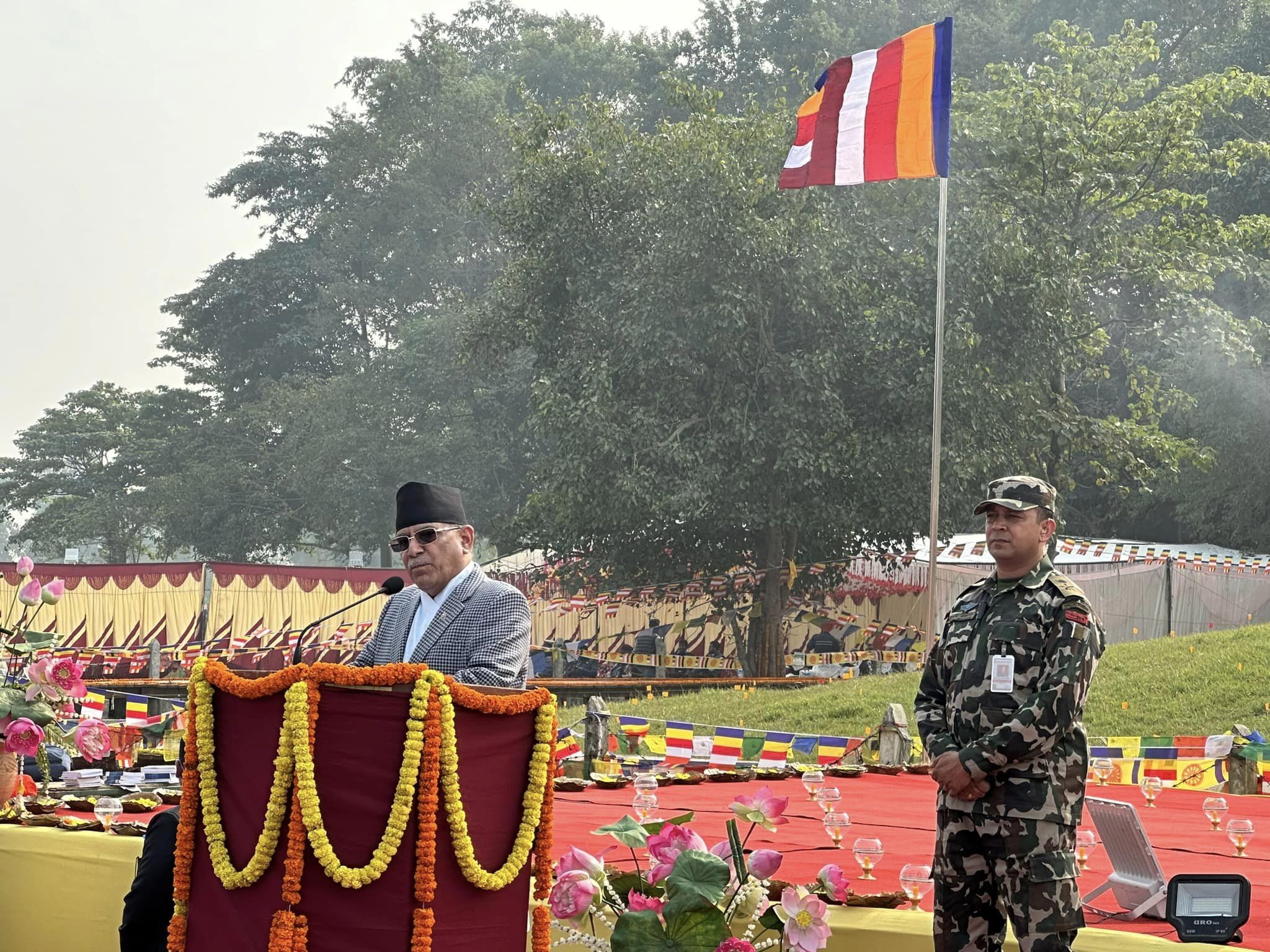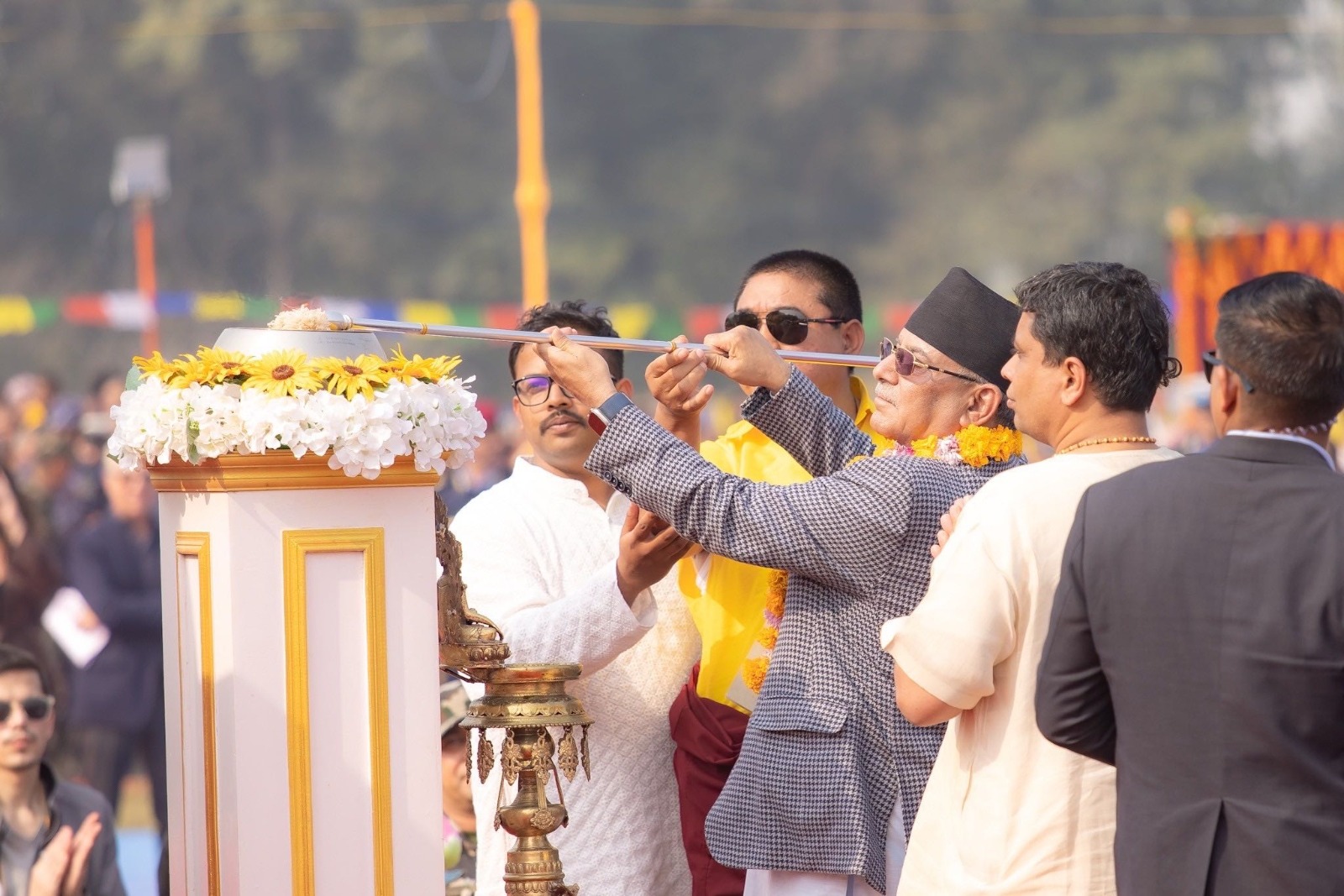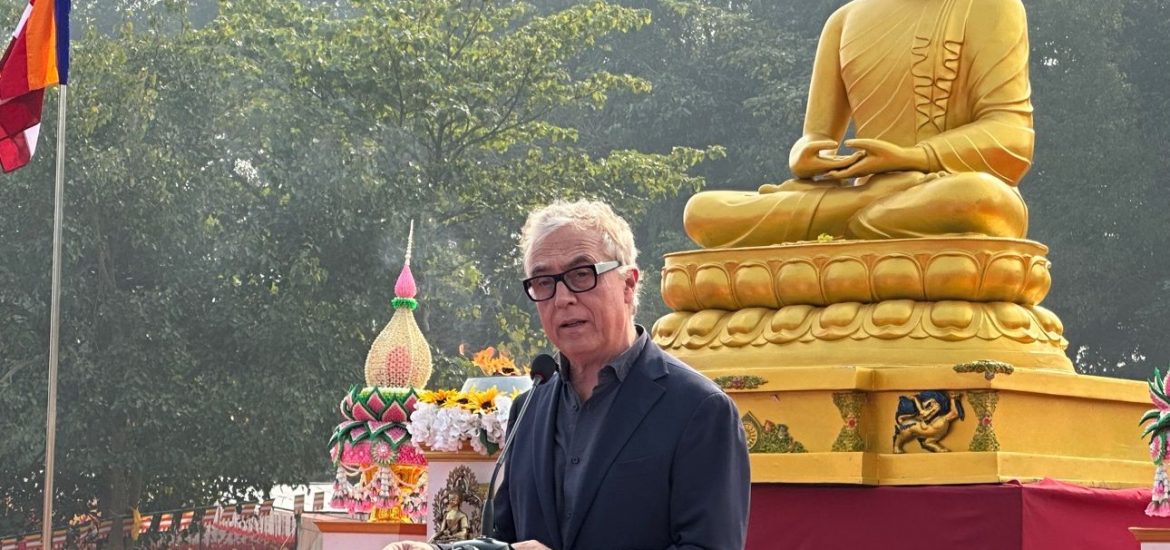It was an almost surreal, but certainly wonderful experience to be back in Nepal this month. The last time I was in Lumbini was during my first visit to the country in 2008, on my first pilgrimage with Ven. Hin Hung and my father. The visit would shape the trajectory of my religious life and professional career for the next decade and beyond till today.
The Buddhist heritage is rich and strong in Nepal, from Parphing to Kathmandu. But Lumbini is at the heart of the Nepalese inheritance of this spiritual heritage, where you can visit not only Mahadevi Temple (which marks the site where the Buddha was born), but also Ramagrama Stupa, one of the oldest sites attested to hold the relics of the Buddha after his death.
Located in western Nepal’s Parasi District, the sacred stupa has been on the tentative list for UNESCO World Heritage status since 1997 for being the only intact stupa that contains the original relics of Lord Buddha, and dates back to 600 BCE.

I was at Ramagrama for a one-day function on the 12th, which had been graced by the presence of the Nepalese PM, Pushpa Kamal Dahal and a slew of esteemed guests from the Buddhist world as well as an Italian delegation led by Stefano Boeri, an internationally acclaimed architect who has offices in Shanghai and elsewhere in China. He has been tasked with a monumental project, under the auspices of the Lumbini Development Trust, and non-profits The Promised Land Nepal, The Promised Land Singapore, and Moksha Foundation, to develop and conserve the stupa. In collaboration and communication with the Nepalese government, Ramagrama Stupa is now poised to become a truly international magnet for tourists, sightseers and pilgrims alike.
Mr. Boeri’s master plan, unveiled at the event, features a mandala-like complex with a central plaza spanning 600 meters in diameter. The project also includes a 175,000 square meter museum, offering visitors an engaging exploration of the stupa’s significance and archaeological relics.

Mr. Boeri’s vision seamlessly integrates the project with the natural surroundings, emphasizing green spaces and sustainable construction practices. The commitment to environmental conservation ensures the project becomes a beacon of responsible cultural development.
Due to its truly international scale and collaborative nature across cultures and nations, it is one of the most significant, ongoing cultural heritage projects in Nepal.
At 12:12:12, on 12 December, the PM and other delegates lit the fire to signify the official launch of Boeri’s masterplan. Aside from the official function, the stupa was host to a broader series of events for several days, which saw a total of 22,000 enthusiastic locals coming in and out. This project is therefore the talk of the town among the villagers in the area, and a point of well-deserved pride as Nepal imagines big and builds big on the broad shoulders of its Buddhist heritage.


